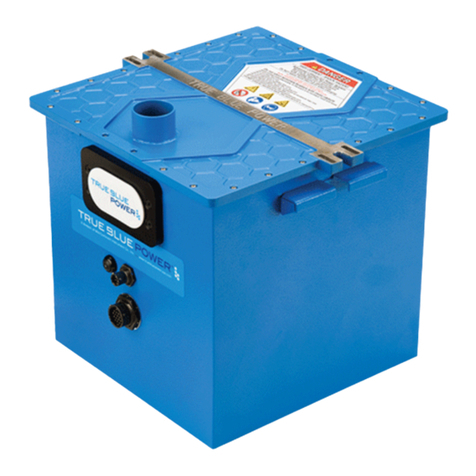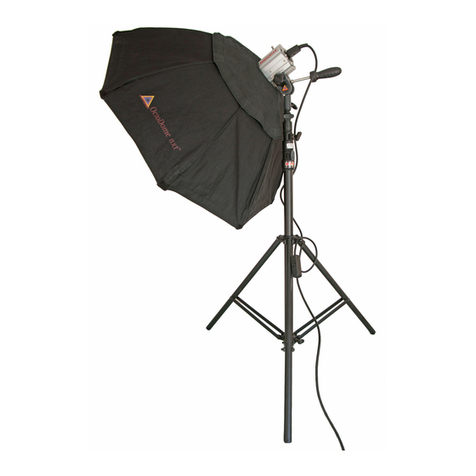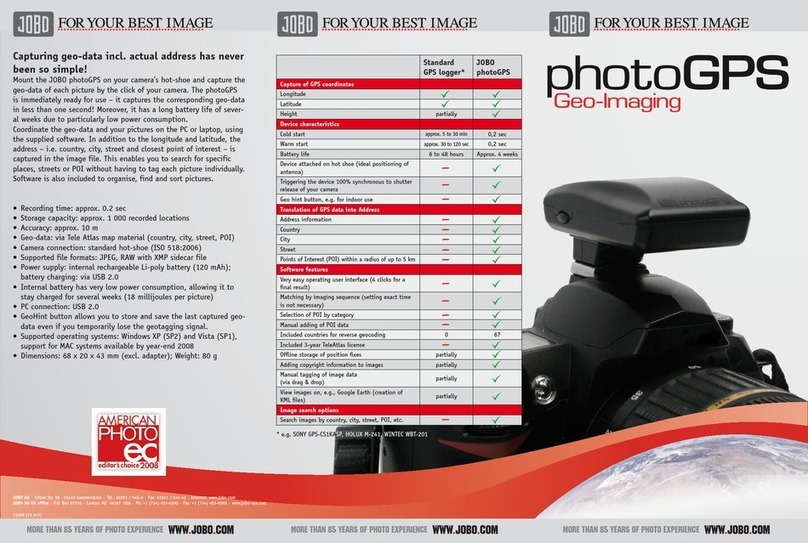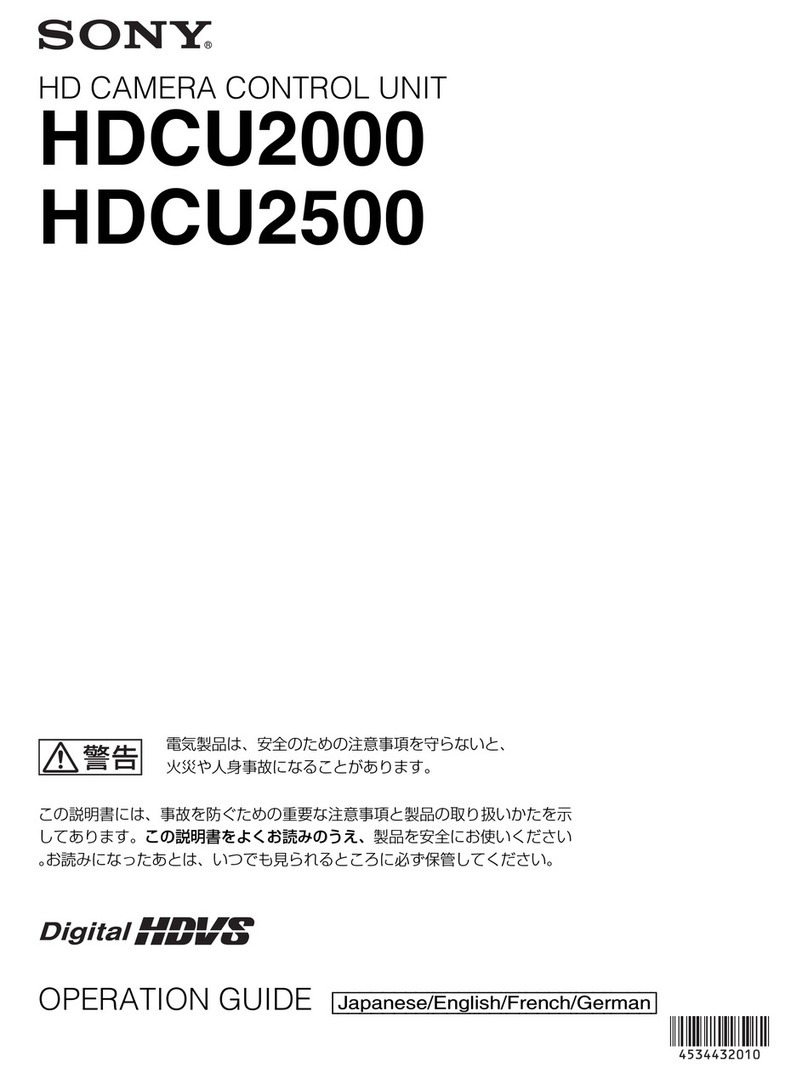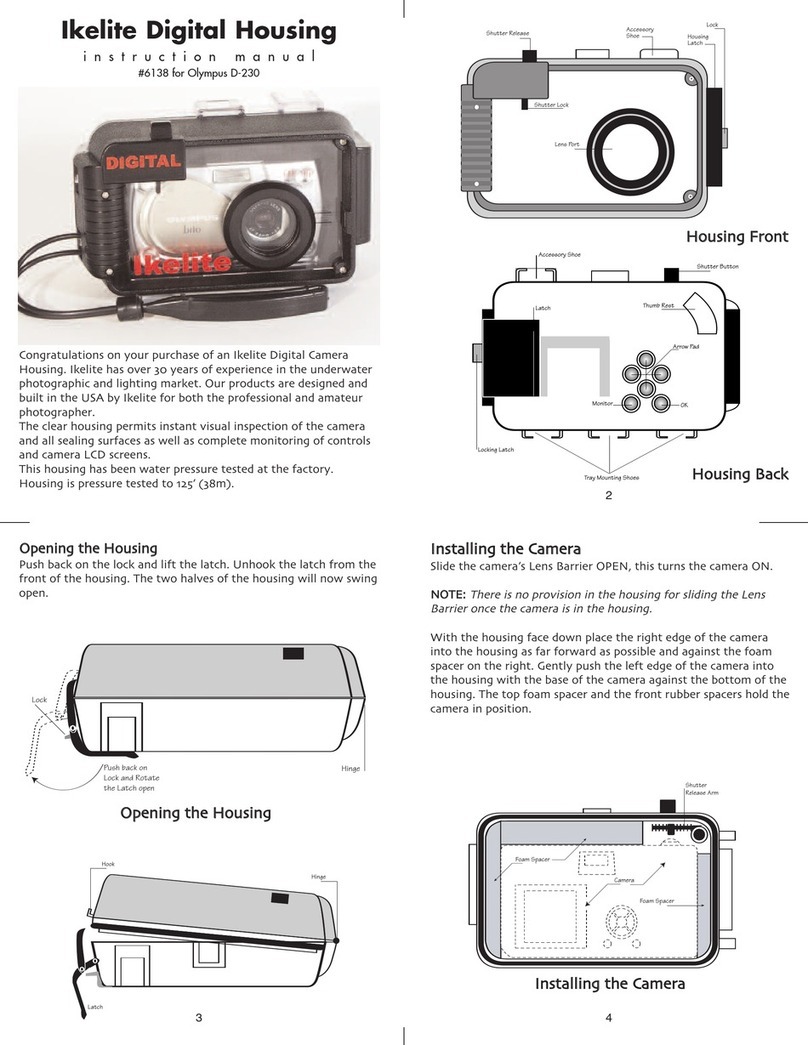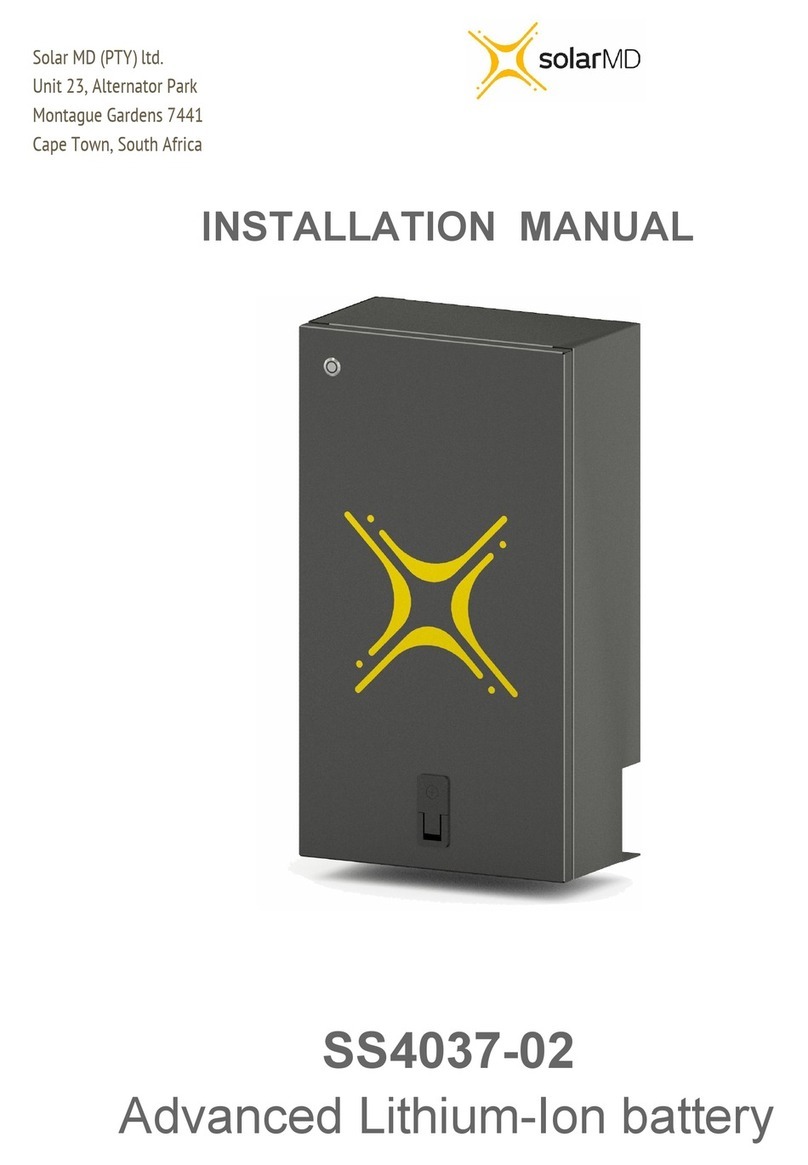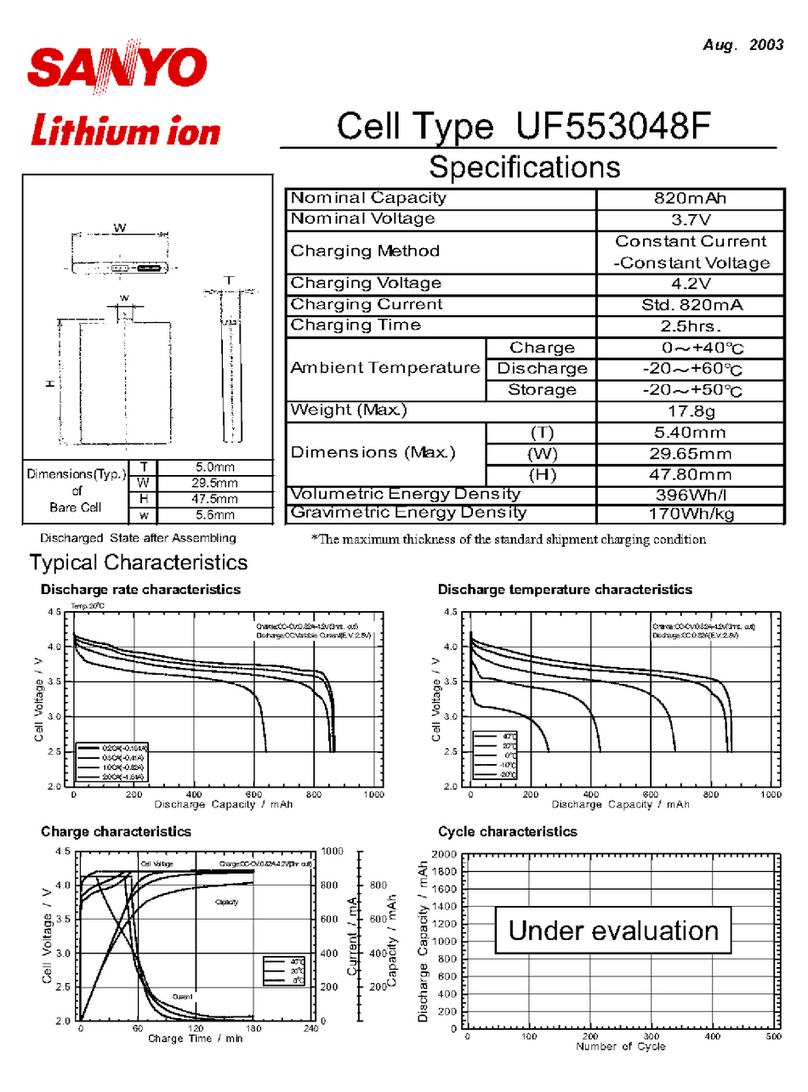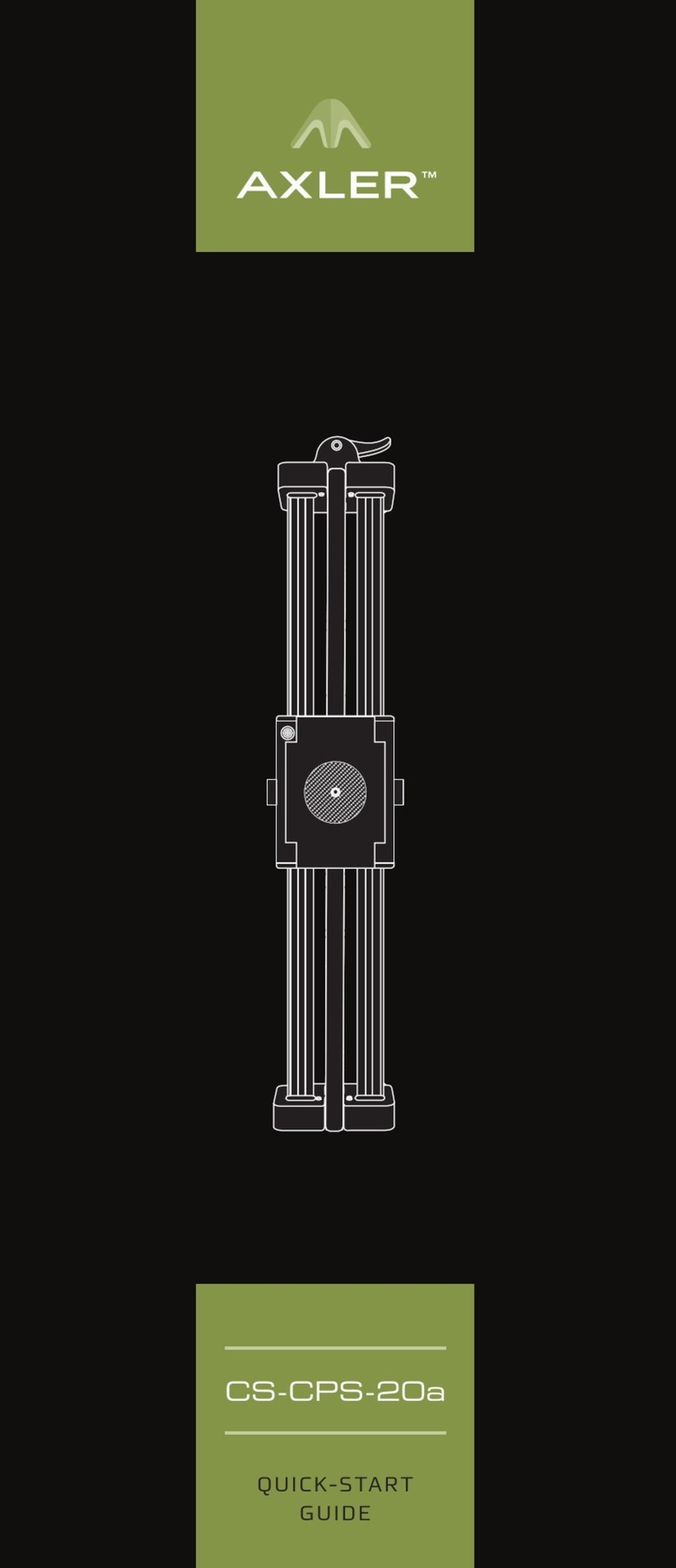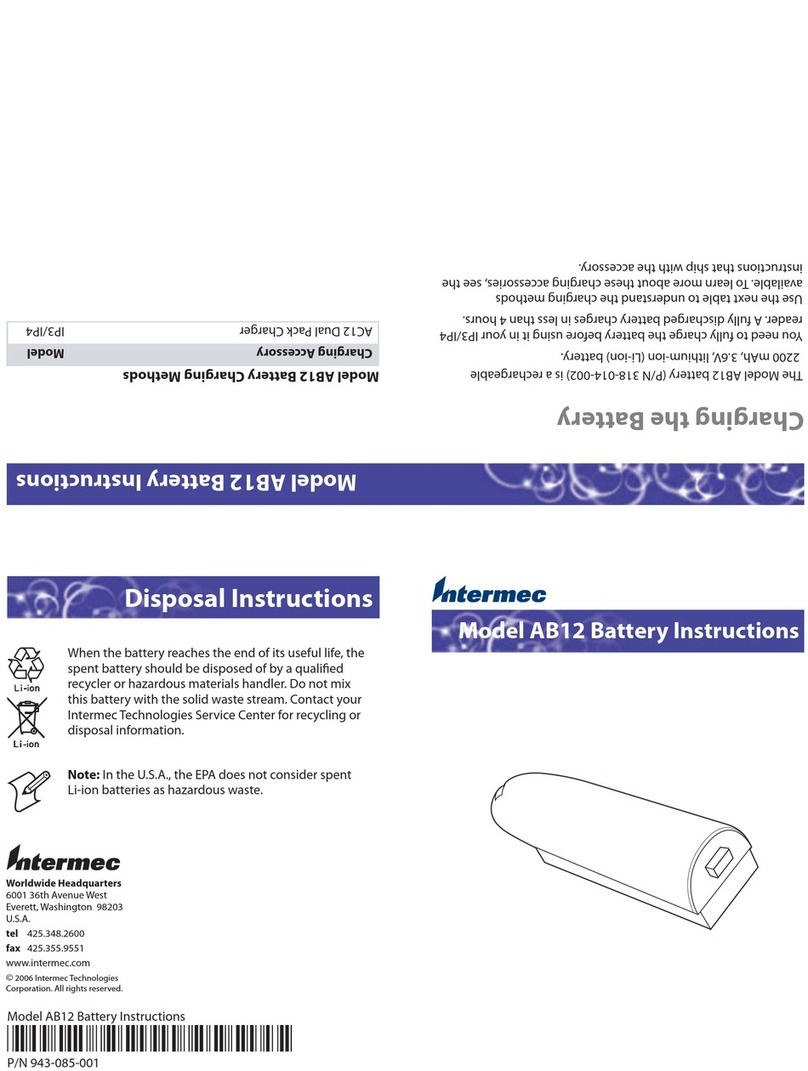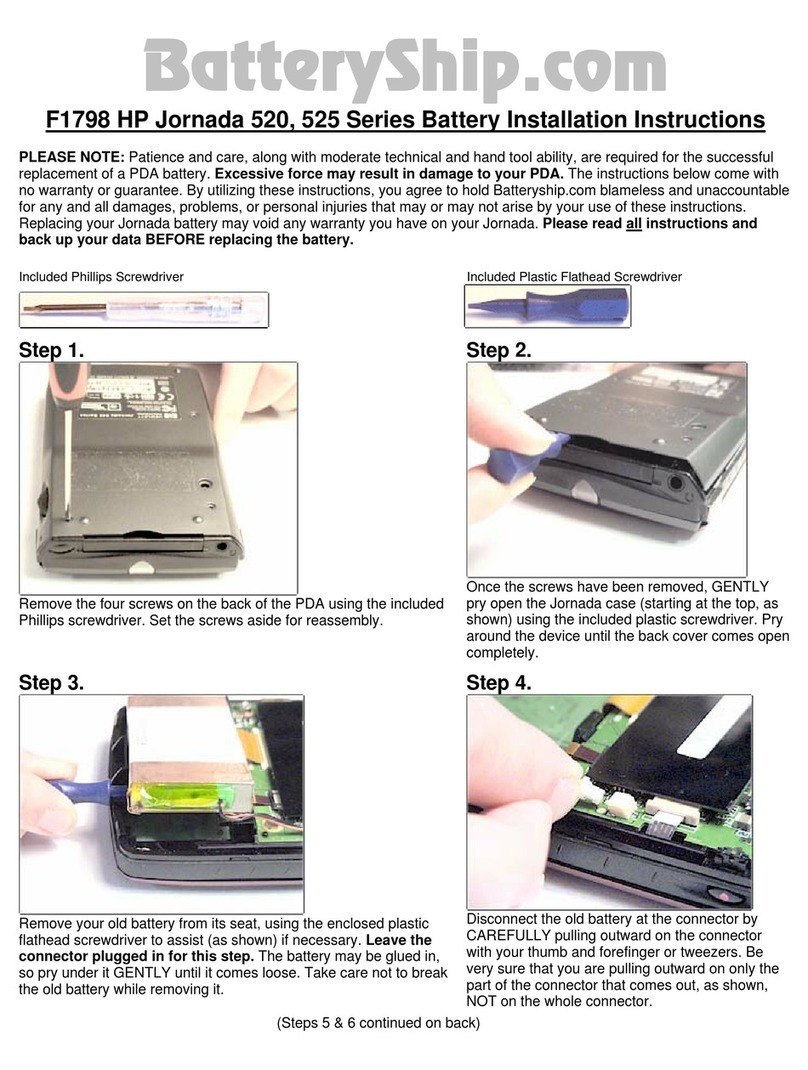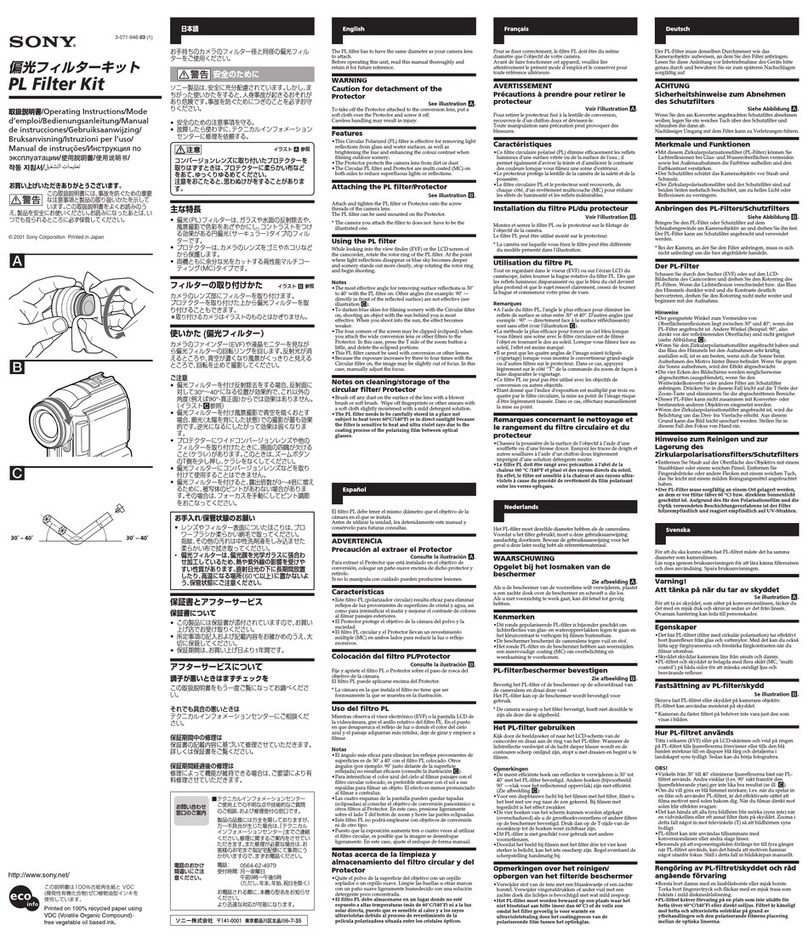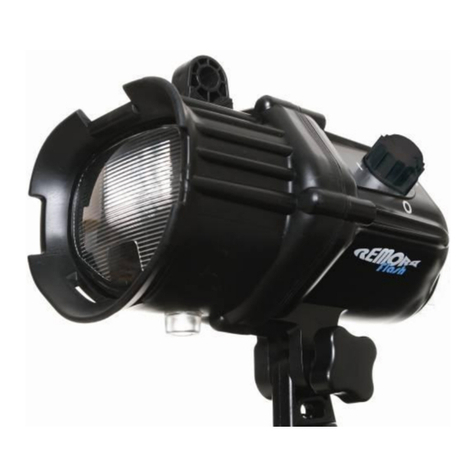True blue power TB44 series Technical Document

INSTALLATION MANUAL AND
OPERATING INSTRUCTIONS
TB44-( ) Series
Advanced Lithium-ion Battery
True Blue Power®is a division of Mid-Continent Instrument Co., Inc.
Mid-Continent Instrument Co., Inc.
dba Mid-Continent Instruments and Avionics
9400 E. 34th Street N.
Wichita, KS USA 67226 Manual Number 9018041
PH (800) 821-1212 FX (316) 630-0723 Revision A, April 29, 2014

Rev A, April 29, 2014 2 of 27 Manual Number 9018041
FOREWORD
This manual provides information intended for use by persons who, in accordance with current regulatory
requirements, are qualified to install this equipment. If further information is required, please contact:
True Blue Power
c/o Mid-Continent Instrument Co., Inc.
Attn: Customer Service Dept.
9400 E. 34th St. N.
Wichita, KS 67226 USA
Phone 316-630-0101
Fax 316-630-0723
www.truebluepowerusa.com
www.mcico.com
We welcome your comments concerning this manual. Although every effort has been made to keep it
free of errors, some may occur. When reporting a specific problem, please describe it briefly and include
the manual part number, the paragraph/figure/table number, and the page number. Send your
comments to:
True Blue Power
c/o Mid-Continent Instrument Co., Inc.
Attn: Technical Publications
9400 E. 34th St. N.
Wichita, KS 67226 USA
Phone 316-630-0101
Fax 316-630-0723
All products produced by Mid-Continent Instruments Co., Inc., including those identified as Mid-Continent
Instruments and Avionics or True Blue Power, are designed and manufactured in Wichita, Kansas, USA.
©Copyright 2014
Mid-Continent Instrument Co., Inc.

Rev A, April 29, 2014 3 of 27 Manual Number 9018041
REVISION HISTORY
ECO Rev Date Detail
A 04/29/2014 Initial release

Rev A, April 29, 2014 4 of 27 Manual Number 9018041
TABLE OF CONTENTS
FOREWORD 2
REVISION HISTORY 3
SECTION 1GENERAL DESCRIPTION 6
1.1INTRODUCTION6
1.2PHYSICALATTRIBUTES6
1.3UNITARCHITECTURE6
1.4TECHNICALSPECIFICATIONS7
1.5IMPORTANTSAFETYINFORMATION8
1.5.1SYMBOLDEFINITION8
1.5.2HANDLINGPRECAUTIONS8
1.5.3ADDITIONALPRECAUTIONS9
1.5.4SHIPPING9
SECTION 2PRE-INSTALLATION CONSIDERATIONS 10
2.1COOLING10
2.2EQUIPMENTLOCATION10
2.3ROUTINGOFCABLES10
2.4INTEGRATION10
2.5LIMITATIONS10
SECTION 3INSTALLATION 11
3.1GENERAL11
3.2PRE‐INSTALLATIONINSPECTION11
3.3PARTS11
3.3.1INCLUDEDPARTS11
3.3.2AVAILABLEPARTS11
3.3.3INSTALLERSUPPLIEDPARTS11
3.4INSTALLATION11
3.4.1HARNESSPREPARATION12
3.4.2SECURINGTHEUNIT14
3.4.3VENTINSTALLATION14
SECTION 4OPERATION 15
4.1DESCRIPTION15
4.2CONSTRUCTION15
4.2.1CELLS15
4.2.2BATTERYMODULES15
4.2.3CENTRALMONITORINGSYSTEM15
4.2.4RESISTANCETEMPERATUREDEVICES16
4.2.5CASEANDHARDWARE16
4.3OPERATIONALMODES16
4.3.1PRE‐HEAT16
4.3.2ENGINESTART17
4.3.3MAINTAININGCHARGE17
4.3.4PROVIDINGAIRCRAFTPOWER17
4.3.5ACTIVEMONITORING17

Rev A, April 29, 2014 5 of 27 Manual Number 9018041
4.4PERFORMANCE18
4.4.1CAPACITY18
4.4.2TEMPERATUREPERFORMANCE19
4.4.3LIFEEXPECTANCY19
SECTION 5INSTRUCTIONS FOR CONTINUED AIRWORTHINESS 20
5.1DISPATCHVERIFICATIONANDIN‐FLIGHTMONITORING20
5.2ROUTINEMAINTENANCE20
5.2.1VISUALINSPECTION20
5.2.2CREATEALOGFILE21
5.2.3TORQUEVERIFICATION213
5.2.4CHARGING24
5.2.5CAPACITYCHECK24
5.2.6CAPACITYUPDATE25
5.2.7RETURNTOSERVICE25
5.3COMPONENTMAINTENANCE25
5.4STORAGEINFORMATION26
5.5ENDOFLIFE26
5.6DISPOSAL26
APPENDIX 1 27

Rev A, April 29, 2014 6 of 27 Manual Number 9018041
SECTION 1 GENERAL DESCRIPTION
1.1 INTRODUCTION
The TB44 series Advanced Lithium-ion Battery, part number 6430044-( ), is designed to provide high
current capability to start turbine or piston aircraft engines and subsequently, provide DC power capacity
to the primary electrical bus in the event of generator function loss. The TB44 is a sophisticated power
system that utilizes state-of-the-art Nanophosphate®lithium-ion battery cell technology which provides
improvements to the performance, safety, life and weight when compared to traditional or competing
aircraft batteries. Consideration given to key electrical and mechanical design principles provide
adherence to regulatory standards and meet or exceed industry expectations. The TB44 is a complete
battery solution that provides significant value and benefit to an aircraft designer, owner and operator.
The TB44 requires professional use and maintenance to deliver maximum performance and value as
designed. This manual contains information related to the specifications, installation, operation, storage,
scheduled maintenance, and other related topics associated with the proper care and use of this product.
1.2 PHYSICAL ATTRIBUTES
The TB44 is a single, integrated component contained in a metal enclosure with multiple interface
connections. There is a primary 2-pin, industry standard military-specification power receptacle, an 18-pin
circular communications and service connector, a 4-pin circular temperature monitoring connector and a
heater enable push-button with LED indicator. The lid of the enclosure includes two hold-down features
on either side to support typical aircraft mounting. Handles on each side provide ease of lifting and
carrying for installation, removal and transport. There is a 1.50 inch diameter vent port on top of the lid
to provide an exhaust connection for directing any released emissions in the rare event of a battery
failure.
1.3 UNIT ARCHITECTURE
The unit is comprised of two primary building blocks: the Battery Modules with integrated Module
Management System (MMS) and a Central Monitoring System (CMS). Additional components include
power and communication interconnects, heaters, temperature sensors, container and hardware.
Each Battery Module consists of eight (8) cells, connected in series, with the MMS electronic protections
and battery control logic contained within each module. There are 19 modules arranged in three banks,
all connected in parallel through a network of bus bars to provide combined power to the main connector
and thus the aircraft. There is an integrated heater in each module as well that improves cold weather
performance below 0°C.
The CMS monitors individual signals provided by each MMS and reports status information to the aircraft.
It also employs hardware to manage heater functionality, and software for diagnostic information and
storing data that contains operating information.
There are two Resistance-Temperature Devices (RTDs) in the unit that provide analog electrical signals
through the 4-pin connector for independent temperature monitoring.

Rev A, April 29, 2014 7 of 27 Manual Number 9018041
1.4 TECHNICAL SPECIFICATIONS
Physical Characteristics
Weight 52.7 pounds
Dimensions
(not including vent, handles and connectors) 10.9 L x 10.5 W x 10.2 H inches (see Figure 1.1)
[276 x 266 x 258 mm]
COMM/Service Connector
RTD Temperature Connector
Quick Disconnect Receptacle
18-pin per MS3114E14-18P
4-pin per MS3114E8-4P
2-pin per Mil-PR7-1814148/3 form factor
Mounting See Section 3.4.2
Table 1.1
Functional Performance
Certification FAA TSO-C179a
Performance Qualification RTCA DO-311 Minimum Operational Performance Standard for
Rechargeable Lithium Battery Systems
Environmental Qualification See Appendix 1
Software Qualification RTCA DO-178B, Design Assurance Level (DAL) C
Power Input 28.5 volts DC Nominal, 400A Max Charge Current
Power Output 26.4 volts DC Nominal, 440A Continuous Max, 1500A Pulse Max
Rated 1C Battery Capacity 44 amp hours (Ah) @ 23°C
Table 1.2
QuickDisconnect
PowerReceptacle
1.05
3.45
4.95
4.80
8.17
10.14
11.02 RTDTemp
Connector
Communications/
ServiceConnector
10.00
.60
10.48
11.71
10.87
Label
Nameplate
Label
4.80
Heater
Enable
Switch
Vent

Rev A, April 29, 2014 8 of 27 Manual Number 9018041
1.5 IMPORTANT SAFETY INFORMATION
Read this safety information BEFORE maintaining or servicing
the battery.
1.5.1 SYMBOL DEFINITION
This section describes the precautions necessary for safe operations. The following safety
symbols have been placed throughout the guide.
*** WARNING ***
Warnings identify conditions or practices that could result in personal injury.
CAUTION
Cautions identify conditions or practices that could result in damage to the equipment.
1.5.2 HANDLING PRECAUTIONS
*** WARNING ***
The battery’s energy is high enough to sustain an ARC flash. Always wear safety glasses, fire
retardant smocks, and use insulated tools when servicing the battery.
•Remove metal items such jewelry and watches when working with batteries. A battery could
produce a short circuit current high enough to weld jewelry to metal and cause a severe
burn.
•Always use appropriate Electrostatic Discharge (ESD) protection while working with the
battery, including grounding of an aircraft to reduce static electricity when working with the
battery on-board.
•All connections for battery testing must include appropriate short-circuit protection.
•The battery service area shall be properly ventilated and egress paths shall be unobstructed.
•Specialized breathing filters are not required under normal use.
•Always use insulated tools.
•Never smoke or allow a spark or flame near the battery.
•Use caution to reduce the risk of dropping a metal tool on the battery. Dropping a tool could
spark or short circuit the battery.
•Turn off all attached loads before disconnecting the battery power harness plug.
•If using a DC power supply or a battery charger, use equipment manufacturer’s instructions
to prevent the potential for arc discharge during connection. Arc discharge may cause
damage to the battery receptacle’s pins. Specifically, be aware of whether the power supply
or charger should be on or off prior to connecting to the battery.

Rev A, April 29, 2014 9 of 27 Manual Number 9018041
1.5.3 ADDITIONAL PRECAUTIONS
The following design and operation factors are required for safe use.
•It is not acceptable to combine or use any battery module other than those approved by True
Blue Power within this battery.
There are no limitations in storing or using this battery in the vicinity of other battery
types/chemistries (i.e. lead acid, nickel cadmium (ni-cad), etc). This battery does not emit or
absorb any gas during storage, transportation, or during normal operating conditions.
Batteries must not be installed with the output terminals reversed. A reversed battery could
be charged by other batteries in the circuit during discharge or discharged by the charging
system during charge. Verify the correct polarity of any harness or equipment prior to
connecting to the battery.
Battery terminals must be covered with non-conductive protective devices to avoid any
possibility of shorting during handling, shipping, or storage.
Precautions should be applied if the battery is damaged or fails in such a way that produces
liquid or gaseous emissions. Consult the Safety Data Sheet and contact the manufacturer for
more information.
1.5.4 SHIPPING
True Blue Power lithium-ion cells and batteries are designed to comply with all applicable
shipping regulations as prescribed by industry and regulatory standards. This includes compliance
with the UN Recommendations on the Transport of Dangerous Goods, IATA Dangerous Goods
Regulations, and applicable U.S. DOT regulations for the safe transport of lithium-ion batteries
and the International Maritime Dangerous Goods Code.
If a battery requires shipment, please contact the manufacturer for additional instructions on
proper procedures.

Rev A, April 29, 2014 10 of 27 Manual Number 9018041
SECTION 2 PRE-INSTALLATION CONSIDERATIONS
2.1 COOLING
No internal or external cooling of the unit is required. The unit is designed to operate over a wide
temperature range and with internal thermal monitoring and protection circuits. See Section 4 for details.
2.2 EQUIPMENT LOCATION
The TB44 Advanced Lithium-ion Battery is designed to allow for installation without requirements for
temperature or pressure control. Although not required, optimum performance and life can be achieved
by mounting the TB44 in a section of the aircraft that reduces exposure to high temperatures. In addition
to altitude and temperature tolerance, the unit is also designed to withstand high levels of condensing
humidity. However, installation locations where the unit could be subject to standing or direct water
exposure should be avoided. The unit shall be mounted in the upright position (vent on top).
Failure mode, effects, and criticality analysis of the TB44 has shown that the potential for multiple cells to
release toxic or flammable gases as a result of any potential condition is extremely improbable. However,
for additional risk mitigation, the unit is designed with a vent which must be connected and diverted
overboard in the event of such an occurrence. Details for vent installation are provided in Section 3.
2.3 ROUTING OF CABLES
The power wires associated with the battery are heavy gauge wire and carry significant power. Be aware
of routing cables near other electronics or wire bundles that may be exposed to high energy flow.
Avoid sharp bends in cabling and routing near aircraft control cables. Also avoid proximity and contact
with aircraft structures, avionics equipment, or other obstructions that could chafe wires during flight and
cause undesirable effects. The interconnect cables should not run adjacent to heaters, engine exhausts,
or other heat sources. Interconnect cable wire is recommend to be no smaller than 24 gauge. There are
no length restrictions in regard to the interconnect cable wiring.
2.4 INTEGRATION
Consideration should be given to how the status and reporting functions of the battery will be displayed
within the aircraft. At a minimum, critical parameters determined at time of certification should be
available to the pilot and/or crew. Additionally, existing aircraft systems which are designed to work with
traditional batteries may need alteration in order to accommodate the slight change in voltage output of
this lithium-ion battery and the communication capabilities available.
2.5 LIMITATIONS
The conditions and tests for TSO approval of this article are minimum performance standards. Those
installing this article, on or in a specific type or class of aircraft, must determine that the aircraft
installation conditions are within the TSO standards. TSO articles must receive additional installation
approval prior to being operated on each aircraft. The article may be installed only according to 14 CFR
part 43 or the applicable airworthiness requirements.
See Section 4.4 for Performance Specifications and potential limitations and ratings under various
environmental and application installations. Also see Section 2.2 for limitations associated with equipment
installation location.

Rev A, April 29, 2014 11 of 27 Manual Number 9018041
SECTION 3 INSTALLATION
3.1 GENERAL
This section contains mounting, electrical connections and other information required for installation.
These instructions represent a typical installation and are not specific to any aircraft.
3.2 PRE-INSTALLATION INSPECTION
Unpacking: Carefully remove the TB44 battery from the shipping container. The shipping container and
packing are designed specifically for the transit of lithium batteries and approved by international
transportation agencies. These materials should be retained for use should the unit require future
shipment.
Inspect for Damage: Inspect the shipping container and units for any signs of damage sustained in
transit. If necessary, return the units to the factory using the original shipping container and packing
materials. File any claim for damages with the carrier.
NOTE: The unit is shipped with approximately a 50% state-of-charge to extend storage life and minimize
loss of capacity. Perform a complete charge on the TB44 using the procedures listed in this manual prior
to installation and/or use.
3.3 PARTS
3.3.1 INCLUDED PARTS
A. TB44 Battery TBP P/N 6430044-( )
B. Installation and Operation Manual TBP P/N 9018041
3.3.2 AVAILABLE PARTS
A. Connector Kit TPB P/N 9018042
i. Power Connector Kit
ii. RTD Temp Connector Kit
iii. Com/Service Connector Kit
B. Vent Kit TBP P/N 9018043
i. High Temp Vent Hose
ii. Vent Clamps (x2)
C. Service Cable TBP P/N 9018044
D. Serial-to-USB Converter Cable TBP P/N 9018046
3.3.3 INSTALLER SUPPLIED PARTS
A. Wires
B. Appropriate hold-down hardware
3.4 INSTALLATION
*** WARNING ***
The power terminals of the TB44 are always active and energized.
DO NOT SHORT TERMINALS AT ANY TIME!
Extreme care and caution should be used when handling and connecting to the unit. Danger of short
circuit and subsequent arc flash, electrical burns or equipment damage can occur if not handled properly.

Rev A, April 29, 2014 12 of 27 Manual Number 9018041
Install the TB44 in the aircraft in accordance with the aircraft manufacturer’s instructions and the
following steps:
3.4.1 HARNESS PREPARATION
Prepare aircraft wiring with mating connectors in accordance with the proper Wire Size and Type
Recommendations (Table 3.1), Wiring Diagram (Figure 3.1), Connector Locations (Figure 3.2)
and Pin Identification Diagrams (Figures 3.3, 3.4 and 3.5)
Use of PTFE, ETFE, TFE, PVDF, Teflon or Tefzel insulated wire is recommended for aircraft use.
Recommended wire sizes and types are identified in Table 3.1 below. Standard reference for
power cables and shielded cables are M22759 and M27500, respectively.
Table 3.1
Wire Size and Type Recommendations
Figure 3.1
Wiring Diagram
Wire Gauge Wire Type Connector Pins
000 AWG Stranded Copper Power all
20-24 AWG Stranded Copper RTD Temp all
20-24 AWG Twisted, Shield Pair Comm/Service J, K
20-24 AWG Stranded Copper Comm/Service remaining
Wire Size and Type
1COCKPIT AND DIAGNOSTIC COMMUNICATION DATA
2"I" = INTERNALLY ISOLATED GROUND
3S1 AND S2 ARE SUPPLIED BY THE INSTALLER
U
A
C
R
G
PRIMARY AIRCRAFT POWER BUS
S1
BATTERY
ENABLE
1
L
B
P
D
E
H
J
K
M
N
S
-
+
T
AIRCRAFT GROUND
S2 HEATER
ENABLE
SERIAL DATA OUT
SERIAL DATA IN
ARINC DATA B
ARINC DATA A
BATTERY "OK" CONTACT A
BATTERY "OK" CONTACT B
BATTERY "FAIL" CONTACT A
BATTERY "FAIL" CONTACT B
BATTERY "MAINT" CONTACT A
BATTERY "MAINT" CONTACT B
100 mA
II
I
2
3
3
CAN BE OPTIONALLY CONNECTED TO AIRCRAFT GROUND
EXTERNALINTERNAL
TO THE UNIT TO THE UNIT
4RESISTIVE VALUES FOR PINS S AND T SELECTED FOR
IDENTIFICATION PURPOSES.
4

Rev A, April 29, 2014 13 of 27 Manual Number 9018041
Figure 3.2 Figure 3.3
Connector Locations Power Connector
LA
KMNB
CPUTJ
HSRD
EFG
AD
B
C
Figure 3.4 Figure 3.5
Comm/Service Connector RTD Temp Connector
Pin Pin Function
APin1ofRTD1
BPin2ofRTD1
CPin1ofRTD2
DPin2ofRTD2
RTD Temp
Connector (4-pin)
Pin Pin Function
+28VDCpowerin
-aircraftground
Power Receptacle
(2-pin)
Pin Pin Function
A BatteryPos (+)Terminal
B Battery"OK"Contact A
C Battery"FAIL"Contact A
D Battery"FAIL"Contact B
E Battery"MAINT"Contact A
F Reserved
G Serial DataOut
H Serial DataIn
J ARINCDataOut B
K ARINCDataOut A
L BatteryNeg(-)Terminal
MHeaterEnable
N BatteryEnable
P Battery"OK" Contact B
R Battery"MAINT" Contact B
S BatteryIdentifier
T BatteryIdentifier
U Ground (Isolated)
Comm/Service
Connector (18-pin)
RTDTemp
Connector
Communications/
ServiceConnector
Label
Nameplate
Heater
Enable
Switch
QuickDisconnect
PowerReceptacle Positive/
Power Pin (+)
Ne
g
ative
/
Ground Pin (-)

Rev A, April 29, 2014 14 of 27 Manual Number 9018041
3.4.2 SECURING THE UNIT
The TB44 is designed to be secured in the aircraft using hold-down tie rods. Attachment points
are located on either side of the unit case and are detailed in Figure 3.6.
Figure 3.6
Hold Down Attachment Points Detail
3.4.3 VENT INSTALLATION
The TB44 is required to be operated with the vent tube in place when installed in the aircraft.
The vent is located on the top of the lid of the unit, has an outer diameter of 1.50 inches and is
1.0 inch tall. It is recommended to use the vent tube and attachment hardware as provided in
the TBP Vent Kit, P/N 9018043. (Contact True Blue Power for potential alternatives) The vent
tube must be properly and securely attached to an aircraft exit point which would allow any
gaseous emissions to be vented overboard. Be sure to locate the vent where emitted gases
would not be directed toward any of the aircraft’s air intake points.
10.80
1.49
0.62
5.44
1.73
Ø1.50
0.21
1.27
0.380.82

Rev A, April 29, 2014 15 of 27 Manual Number 9018041
SECTION 4 OPERATION
4.1 DESCRIPTION
The True Blue Power TB44 Battery is designed to supply power for starting an aircraft engine and provide
emergency backup power to aircraft systems in the event of primary power generation loss. It utilizes
rechargeable Nanophosphate lithium-ion cells to provide approximately 26 volts DC and 44 Ampere-hours (Ah)
of capacity (see Performance 4.4). It has a 2-pin power receptacle and provides battery temperature and
communication/service information through a 4-pin and 18-pin circular connector, respectively.
4.2 CONSTRUCTION
4.2.1 CELLS
The TB44 Advanced Lithium-ion Battery contains 152 individual cylindrical lithium-ion cells. Lithium-
ion battery cells have a very high energy density, producing more power as comparable battery
types in a significantly lighter package. The cell’s high-performance Nanophosphate lithium-ion
chemistry is a proprietary form of lithium iron phosphate (LiFePO4) developed and manufactured by
A123 Systems, LLC. The lithium iron phosphate chemistry provides safety enhancements over
alternative lithium technologies by producing a cell that is more abuse tolerant to external
conditions like over-charge or short circuit. It has a very low self-discharge rate and is more stable
with significantly less-energetic failure modes. The Nanophosphate advantage enhances typical
lithium iron phosphate chemistries by providing exceptional power and energy. The combination of
these characteristics makes it an excellent choice for use in aircraft applications.
4.2.2 BATTERY MODULES
The TB44 is comprised of nineteen (19) individual Battery Modules in parallel. Each module
contains eight (8) individual lithium-ion cells in series and the Module Management System (MMS)
control and protection electronics. Each cell provides a nominal voltage of 3.3VDC, combining to
produce a total voltage of 26.4VDC. Each module provides up to 80 amps of current and 2.4 amp-
hours of energy/capacity. When combined in parallel, the battery can supply over 1500 amps of
current and over 46 amp-hours of capacity at beginning of life (rated at 44 amp-hours). The MMS
consists of two circuit boards with analog electronics to control cell balancing, monitoring and
protection, and contains an integrated heater. These electronics ensure the health of the module
and can stop charging or discharging in the event of a detected fault. The modules communicate
status to the Central Monitoring System (CMS) for external reporting of the unit’s overall health.
There is no software or complex hardware in the battery module’s MMS.
The independent design architecture of the modules allows for redundancy, continuing to provide
appropriate voltage and only fractionally degraded total capacity or current in the event that a
single or multiple modules should be taken offline due to a detected fault.
4.2.3 CENTRAL MONITORING SYSTEM
There is a single Central Monitoring System (CMS) as part of the TB44 design that provides
monitoring of the module status and provides communication external to the unit. The CMS
contains a microprocessor and software that collects and stores monitored unit characteristics
such as voltage, current, temperature and more. These are available and broadcast via the RS 232
(serial) or ARINC 429 communication protocols through the 18-pin communication/service
connector. These can be accessed in real-time during operation or as part of maintenance and
diagnostic activities. The CMS produces discrete voltage signals to communicate overall dynamic
unit status as either “BATT OK”, “BATT MAINT”, or “BATT FAIL” indications. More information on
communication capabilities can be found in Section 4.3.5.

Rev A, April 29, 2014 16 of 27 Manual Number 9018041
4.2.4 RESISTANCE TEMPERATURE DEVICES
There are two Resistance Temperature Devices (RTDs) in the unit that supply direct analog
resistance through the 4-pin connector for independent temperature monitoring. Each RTD uses
two pins of the connector (see Figure 3.5) and are characterized with a resistive (Ohms) output.
The RTD has a resistance of 200.5 ohms at 60°C. Resistance changes 0.6821 ohms per degree
Celsius; higher resistance for an increase in temperature and lower resistance for a decrease in
temperature.
4.2.5 CASE AND HARDWARE
The TB44 is constructed with a high degree of intent and specific design. Material selections,
component design, assembly process and testing are all part of the total delivery of the product
that ensures performance and safety. In addition to the electrical components listed above, the
mechanical construction plays a key role as well.
Copper bus bars are used to connect the individual modules and direct power to the 2-pin power
connector. Temperature and electrical insulating materials are used between and around each
module bank, as well as in the lid and base of the unit. The power connector is a custom design
for performance purposes but maintains the same form factor as a standard MS3509 2-pin quick
disconnect style connector. The case is constructed to address the unique needs of lithium
technology. In particular, it is designed to direct emitted gases overboard, maintain a safe
external temperature and pressure, contain any debris or flame, and ultimately to prevent any
effect on its surroundings in the aircraft, even in the extremely rare occurrence of a worst-case
failure scenario.
4.3 OPERATIONAL MODES
4.3.1 PRE-HEAT
The TB44 has the ability to be operational at temperatures as low as -40°C utilizing the internal,
self-powered heaters. The TB44 is likely to be able to support an engine start with no special
considerations down to approximately -15°C. Below this temperature, the performance of the
unit begins to decrease in current and energy delivery as the electrolyte in the cells begins to
thicken and the internal impedance increases to retard ion flow. In order to address this, each
MMS contains an individual heater which can be powered by the cells themselves, even at very
low temperatures. Pre-heat time will vary depending on temperature.
The unit can be pre-heated in one of two ways. The unit’s heaters can be enabled by pressing
and holding the Heater Switch button on the front of the unit for two seconds. The green LED
light on the button will indicate two states: a steady light indicates that the automated heater
monitoring circuit is enabled; a blinking light indicates that the heaters are actively heating.
When the heater monitoring circuit is enabled, the unit will monitor its own internal temperature
and determine if the heater needs to be on or off. The heater comes on below -3°C and turns off
at 0°C. The heater monitoring circuit will remain active for approximately two hours after manual
activation. The heater function can be de-activated by pressing and quickly releasing the Heater
Switch button.
The primary method to activate the heater is to use the Battery Enable and Heater Enable signals
accessible through the 18-pin Comm/Service connector which is typically connected to a switch in
the cockpit. When both are grounded, the heater function will become active. This method will
also maintain the heater function in flight after the two-hour limit is reached following manual
activation.

Rev A, April 29, 2014 17 of 27 Manual Number 9018041
4.3.2 ENGINE START
The TB44 Battery is rated for up to a 1500 amp discharge peak for the purpose of engine
starting. The low internal impedance of the Nanophosphate lithium-ion chemistry allows
extremely high current delivery while maintaining higher voltage than traditional battery types.
This equates to a higher total power delivery, producing quicker starts, more start attempts as
needed and a higher remaining battery capacity following engine start. In some applications this
may help reduce wear and tear on electrical starters, hence reducing maintenance.
4.3.3 MAINTAINING CHARGE
After engine start, the unit recharges and maintains charge by accepting power from the aircraft
power generation system. Depending on the amount of power used during engine start, the unit
may draw as much as 400 amps while recharging. However, most typical engine starts will not
significantly deplete the battery, thus minimizing the time at this peak recharge current.
4.3.4 PROVIDING AIRCRAFT POWER
When the aircraft’s power generation systems are offline or fail, the unit will provide immediate
power to the equipment/loads on the associated power bus. As the unit’s capacity is used, the
voltage will begin to drop slightly until the unit is fully depleted. A fully charged unit will initially
provide approximately 27 volts. It will provide an average of approximately 24 to 25 volts for the
duration of discharge, then decay near end of discharge. When the unit’s voltage reaches
approximately 19 volts, the unit’s under-voltage protection will shut off the unit’s output to
prevent any potential cell damage due to over-discharge. See Section 4.4 Performance for more
details of the unit’s behavior.
In order to avoid depleting the unit’s power and ensure availability for the next flight, be sure to
turn off all aircraft systems, lights and accessories after a flight. If the unit is depleted, see
Section 5.2.4 Maintenance for charging instructions.
4.3.5 ACTIVE MONITORING
During ground operations or in flight, the TB44 presents a wide array of information available to
the aircraft for display and monitoring on appropriate systems. These are supplied as discrete
analog signals and/or ARINC 429 data. The various outputs and their definition are supplied in
Table 4.1 and 4.2 below. Connections within the 18-pin Comm/Service connector for each of
these outputs are listed in Figure 3.4.
The discrete signals are defined by internal relay contacts (rated for 1A) which are normally
closed for the BATT OK signal and normally open for BATT MAINT and BATT FAIL signals.

Rev A, April 29, 2014 18 of 27 Manual Number 9018041
Contact Name Normal Fault Independent Fault Conditions
BATT OK
Contact closed
Contact open
Battery voltage is below 16V
Battery voltage is or over 30V for 10 seconds
More than three faulted modules
BATT FAIL signal is active
BATT MAINT
Contact open
Contact closed
One or more faulted modules
Heater or heater control fault
Battery impedance is greater than 15 mOhms
BATT OK signal is inactive/open
BATT FAIL signal is active
BATT FAIL Contact open Contact closed Battery current has exceeded its limit
Table 4.1
Discrete Signal Definition
The ARINC 429 data is presented in low speed transmission rate (12.5 kb/sec) with an update
sent out once every two seconds. No product ID is sent.
Label Measurement Description Units Significant
Bits Range
275 Number of Failed Modules count 8 256
277 Battery Voltage mV 16 65536
301 Battery Current amp 15 ±32768
304 Overall Battery Temperature °C 15 ±256
305 Highest Temperature in the Battery (currently) °C 15 ±256
312 Battery State of Charge % 7 128
315 Remaining Capacity Ah 18 262.144
Table 4.2
ARINC 429 Data Label Definition
Additional ARINC 429 data labels, as well as bi-directional serial data, are available for more
detailed information typically associated with maintenance and diagnostic activities. Contact True
Blue Power for details.
4.4 PERFORMANCE
4.4.1 CAPACITY
Capacity is a measurement of the energy stored in the battery and most often is used to
determine the length of time a particular electrical load can be operated. A standard measure of
rechargeable battery capacity involves both the current-over-time performance (measured in
amp-hours) and also the “C” rate.
The C rate is a function of the size of the load in relation to the capability of the battery. A 1C
rate corresponds to a constant current load in amps which the battery can supply for one hour.
The TB44 has a 1C rating of 44 amp-hours (Ah) and thus can supply 44 amps for one hour. Note
that many typical lead acid batteries, and some lithium systems as well, are defined at a 1/20th
(0.05) or 1/10th (0.1) C-rate. This is defined as the constant load that can be applied over 20 or
10 hours, respectively. For example, a battery rated at 44 Ah at a 0.1 C-rate can deliver 4.4A for
10 hours (4.4A x 10 hours = 44Ah). However, that same system typically does not perform

Rev A, April 29, 2014 19 of 27 Manual Number 9018041
linearly at higher C-rates. As an example, a 44Ah battery rated at 0.1C may typically only support
a 44A load for 45 minutes, not a full hour. The capacity for these types of batteries is generally
defined by a logarithmic function of load versus time. So, when doubling the load, the battery will
typically last significantly less than half the time.
One of the significant advantages to the Nanophosphate lithium-ion technology is its constant
capacity versus load. As the load on the TB44 increases, it maintains its capacity rating
proportionately. As an example, if the standard 1C load of 44A is doubled to the 2C load of 88A,
the time is proportionally cut in half to 30 minutes. Doubling the load again to 176A would
deplete the battery in 15 minutes.
4.4.2 TEMPERATURE PERFORMANCE
The TB44 incorporates cell technology that performs well throughout temperature extremes. It
provides full rated current and capacity performance from as low as -15°C (5°F). Cold
temperature performance may be extended to as low as -40°C (-40°F) when using the internally
powered heater and allowing the appropriate pre-heat time. This feature prevents the need to
remove the unit from the aircraft when stored at extremely low temperatures overnight or for
longer periods of time. It also exhibits excellent high temperature performance, as high as +70°C
(+158°F).
4.4.3 LIFE EXPECTANCY
Estimated life for the TB44 Advanced Lithium-ion Battery is expected to exceed six (6) years. The
unit has reliably demonstrated over 7000+ engine starts and subsequent charge cycles. The cells
are designed for a useful life of up to ten (10) calendar years as well. Actual life will vary
depending on application and use and is most often degraded by long-term exposure to elevated
temperatures.

Rev A, April 29, 2014 20 of 27 Manual Number 9018041
SECTION 5 INSTRUCTIONS FOR CONTINUED AIRWORTHINESS
5.1 DISPATCH VERIFICATION AND IN-FLIGHT MONITORING
The TB44 typically serves two primary purposes on an aircraft: engine start and emergency backup
power.
Availability for Engine Start: In order to attempt an engine start, user must verify that the
“BATT OK” signal is active and that the “BATT FAIL” signal is not active.
Dispatch for Emergency Backup Power: If the aircraft has a minimum backup power
requirement for loss of aircraft electrical generation in emergency operation, the user may
need to verify battery capacity prior to flight. This can be confirmed using the available
capacity and state of charge information that are part of the TB44 communication data
available to the aircraft. However, if the aircraft is not configured to display this information,
the “BATT OK” signal or other means which verify sufficient capacity (such as a regularly
scheduled and performed maintenance check) may be sufficient.
During flight, the TB44 is capable of providing a number of status indications and battery health
monitoring information to the cockpit or crew through its data communication outputs.
In-Flight Monitoring: At a minimum, the TB44 shall be installed such that the “BATT OK”
signal and “BATT FAIL” signal are available for display to the cockpit. The display of the
“BATT MAINT” signal and other data communications are optional. The following are
recommended actions based on in-flight annunciation.
oBATT OK: Present for normal flight conditions
oLoss of BATT OK: Present the battery for maintenance evaluation upon landing
oBATT MAINT: Present the battery for maintenance evaluation upon landing
oBATT FAIL: Land as soon as possible and present the battery for
maintenance evaluation
5.2 ROUTINE MAINTENANCE
The TB44 requires scheduled maintenance based on calendar life of the battery. Maintenance as
described in this section shall be conducted every 24 months from date of original aircraft delivery or
subsequent new battery installation.
5.2.1 VISUAL INSPECTION
A. With the aircraft’s main bus active, verify that proper communication is being presented to
the cockpit to validate that the battery is transmitting data appropriately.
CAUTION
It is recommended that the vent port be capped or otherwise covered when the aircraft’s vent tube is
uninstalled and/or the battery is removed from the aircraft.
B. Remove the unit from the aircraft. Visually inspect the exterior of the battery casing for signs
of damage or wear. Verify that the lid is secure and not loose. Verify that no damage has
occurred which would prevent the battery from maintaining its air-tight seal. If any wear is
apparent which has not compromised the case, inspect the battery area of the aircraft for
any signs of improper installation.
C. Check the battery for any odors or signs of fluid residue. Reference manufacturer’s Safety
Data Sheet (SDS) if any is observed.
Other manuals for TB44 series
1
Table of contents
Other True blue power Camera Accessories manuals

